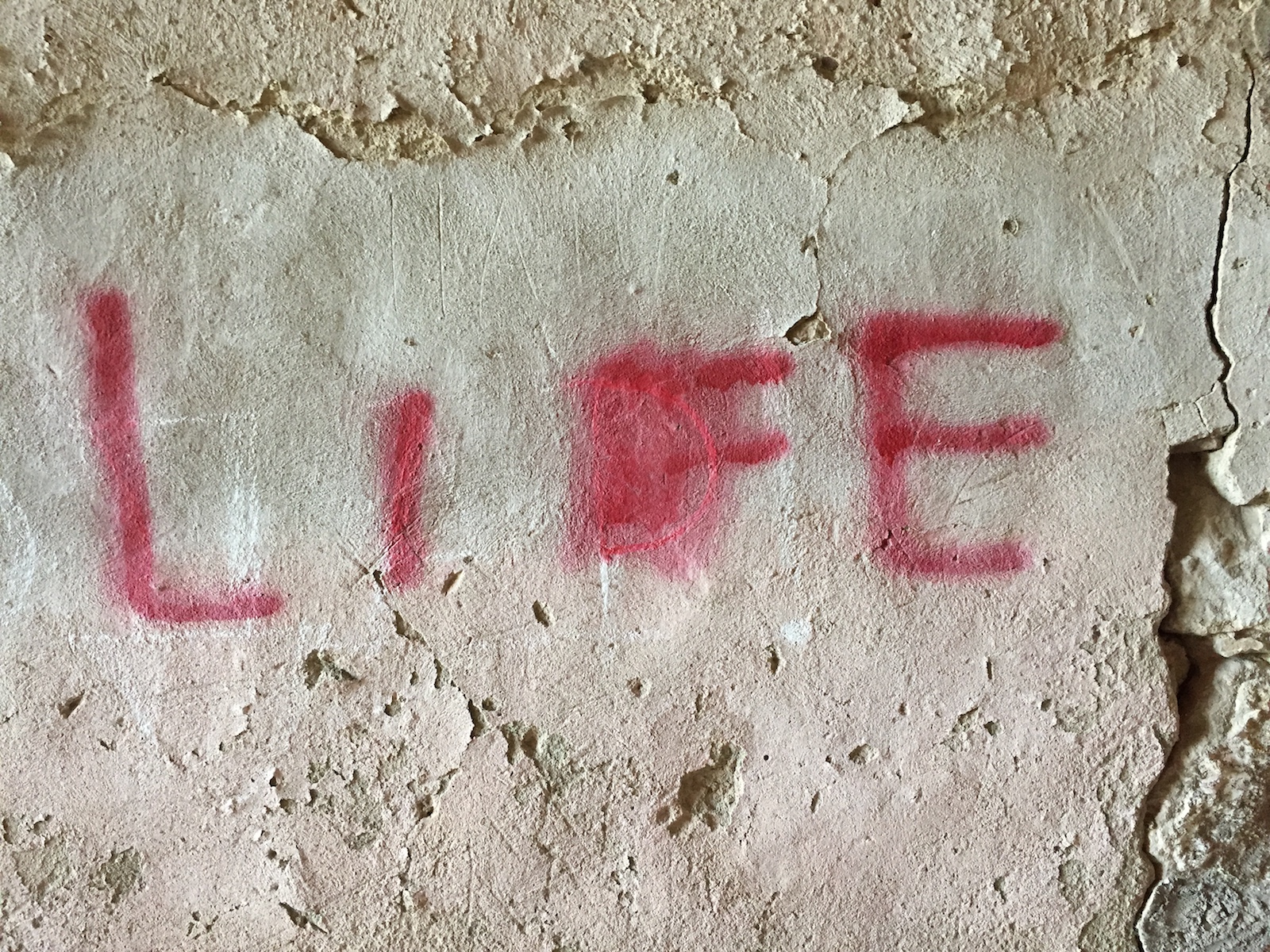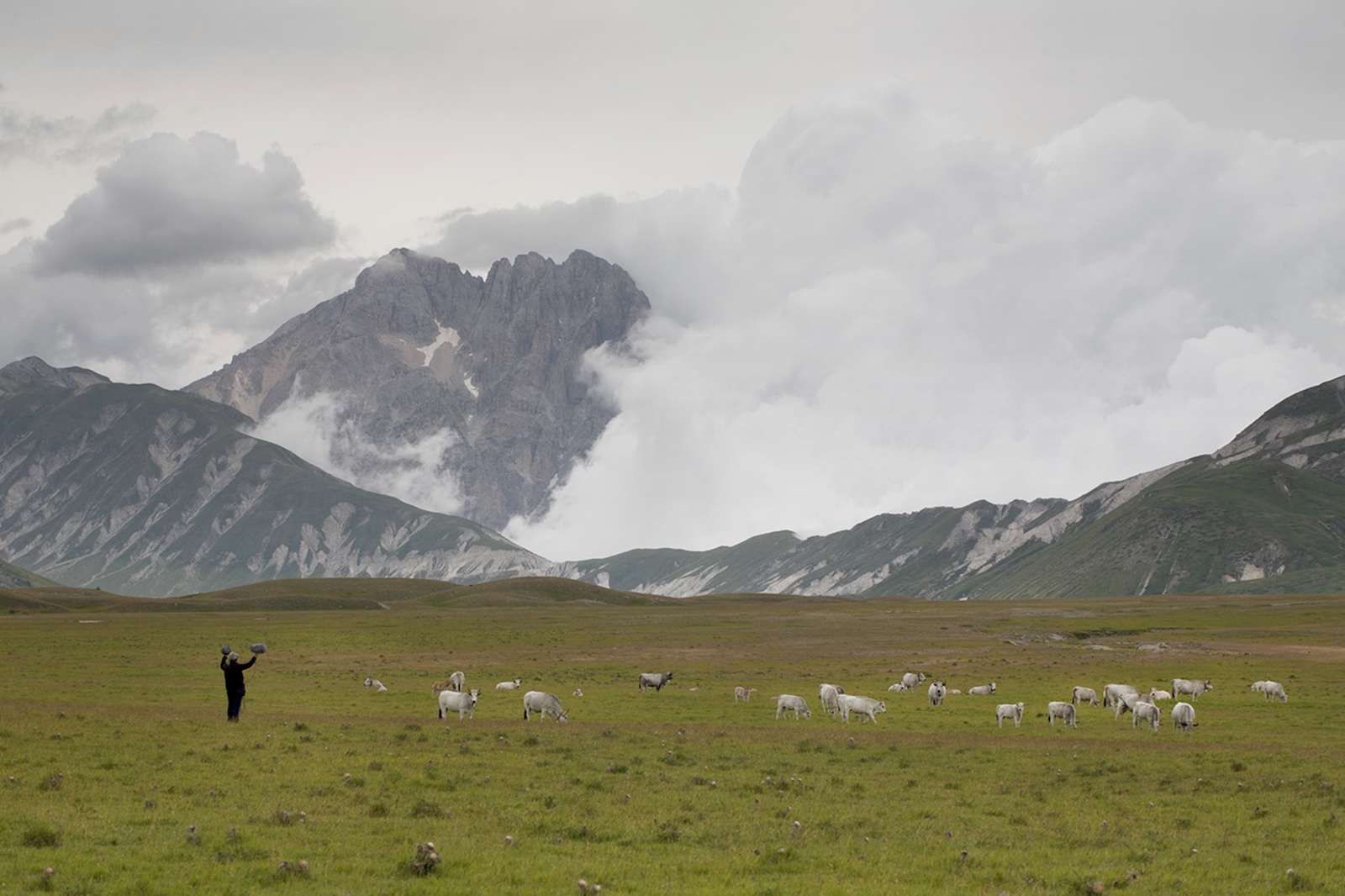The Manifesto of Rural Futurism

The Manifesto of Rural Futurism is a transnational project interrogating current discourses on rurality as authentic, utopic, anachronistic, provincial, traditional and stable, and the binaries that support such discourses: belonging vs. alienation, development vs. backwardness. A critical approach to rurality is necessary, today more than ever, to imagine other futures for rural communities, territories and places beyond the “otherness” vs. “identity” dichotomy. This exhibition attempts to understand rural areas as complex spaces actively immersed in the dynamism of encounters, flows and fluxes of contemporary geographies, and critically question modern discourses of capitalism and metropolitanism in which rural territories are marginalised and considered as doomed to oblivion.
The Manifesto of Rural Futurism is an invitation to experience rural locations and abandoned places as spaces in which to question our approach to history and landscape, our sense of living in a specific place and the relationship that we have with it. The sound of environments, spaces and landscapes reveal the challenges and territorial transformations that inform the ideology, infrastructure and biological ecosystems to which we form a part. In this sense, listening practices are deployed as a way to critically traverse the “border territories” of rural territories, challenging persisting notions about “inescapable marginality”, “residuality” and “peripherality”.
The Manifesto of Rural Futurism comprises sound and visual recordings by artists undertaking fieldwork in Southern Italy including: Daniela d’Arielli, Enrico Ascoli, Luca Buoninfante, Jo Burzynska, Enrico Coniglio, Alejandro Cornejo Montibeller, Nicola Di Croce, Fernando Godoy, Miguel Isaza, Raffaele Mariconte, Marco Messina, Mollin + Voegelin, Alyssa Moxley, Philip Samartzis, Vacuamoenia, David Vélez and Sarah Waring.
Curatorium: Daniela d’Arielli, Beatrice Ferrara, Leandro Pisano and Philip Samartzis

The Manifesto of Rural Futurism is supported by the Bogong Centre for Sound Culture, Liminaria/Interferenze new arts festival, Pollinaria, and the Contemporary Art and Social Transformation research group at the RMIT School of Art.